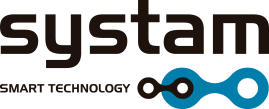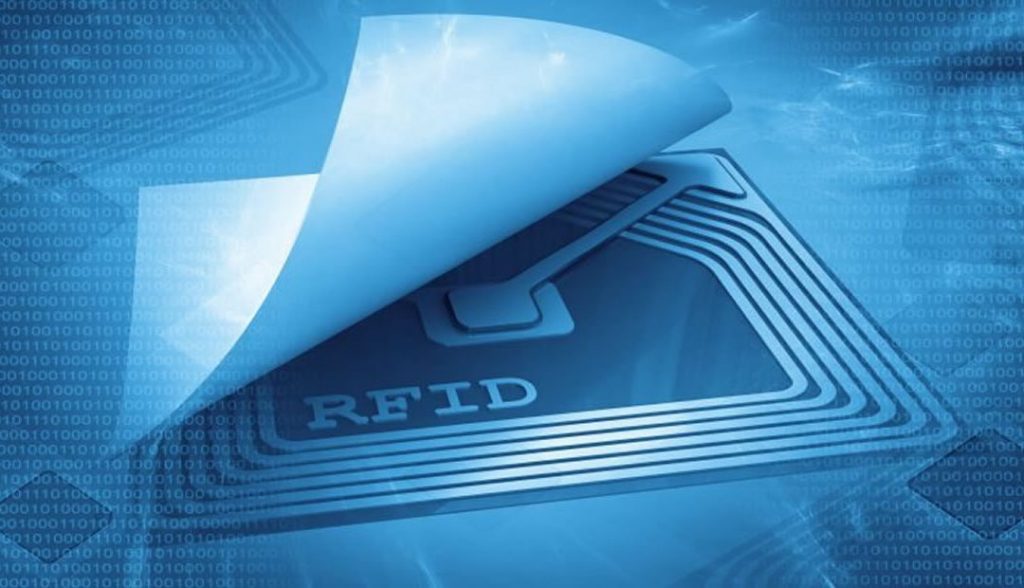
Close

One of the first activities that any company must undertake in order to control the company’s assets is to carry out an inventory of fixed assets or tangible goods. Doing this correctly will provide a current database of the company’s assets, and thus the information needed to make the right decisions.
The fixed asset inventory verifies the existence of physical assets, including those that are not operational, and records a range of information for implementing controls, costing and other decision-making.
All assets that make up the fixed asset inventory are given a code that identifies them. For this purpose, the use of the radio frequency identification system is very useful, which is available today thanks to technology and which makes it possible to automatically collect all the data. In addition, it makes it possible to track assets, not only to know immediately where certain machinery is located, for example, but also what condition it is in.
Radio frequency identification also makes it possible to reduce errors in the tracking of information to a minimum, especially in large companies, where there are many assets and keeping an up-to-date fixed asset inventory is not an easy task.


Although fixed asset inventory is not given importance in some companies it must be said that there are several reasons to keep it up to date. One of these reasons is fiscal and accounting, as it ensures the quality and credibility of the values that make up the balance sheet of the company’s assets, ready for any audit.
A second reason is organisational, as the fixed asset inventory allows you to locate the asset, identify who is responsible for it, and manage the assets to minimise losses due to misuse or theft, a problem that afflicts all companies, regardless of their size and the area in which they work.
It also provides a database for loan guarantees and property insurance, as we know that for both of these issues it is necessary to have the details and values of property and furniture.
It is also necessary to know that the inventory of fixed assets must be planned. It should be established in advance who will work on this, and who will be in charge of the work team(s).
In addition, which locations will be inventoried, on what date and how much time is estimated to be involved. What information will be collected. Also, the resources required for its implementation, including the purchase of materials, must be organised.
Therefore, with the help of systems such as radio frequency identification and a good organisation, it is possible to successfully carry out an inventory of fixed assets, regardless of the size of the company.
In Systam, the concept of asset is the central axis where the whole application pivots, since a correct identification of each asset will allow us traceability and its history of interventions with their added costs that will determine the cost of maintenance, as well as individually manage their specific maintenance plans, whether they are regulatory, preventive or corrective.
For cities where the variety of assets is enormous, having the assets properly located and knowing their correct state allows us to increase the quality and satisfaction of citizens, as this control will undoubtedly allow us to maintain assets such as litter bins, fountains, lampposts, trees, etc. more efficiently.